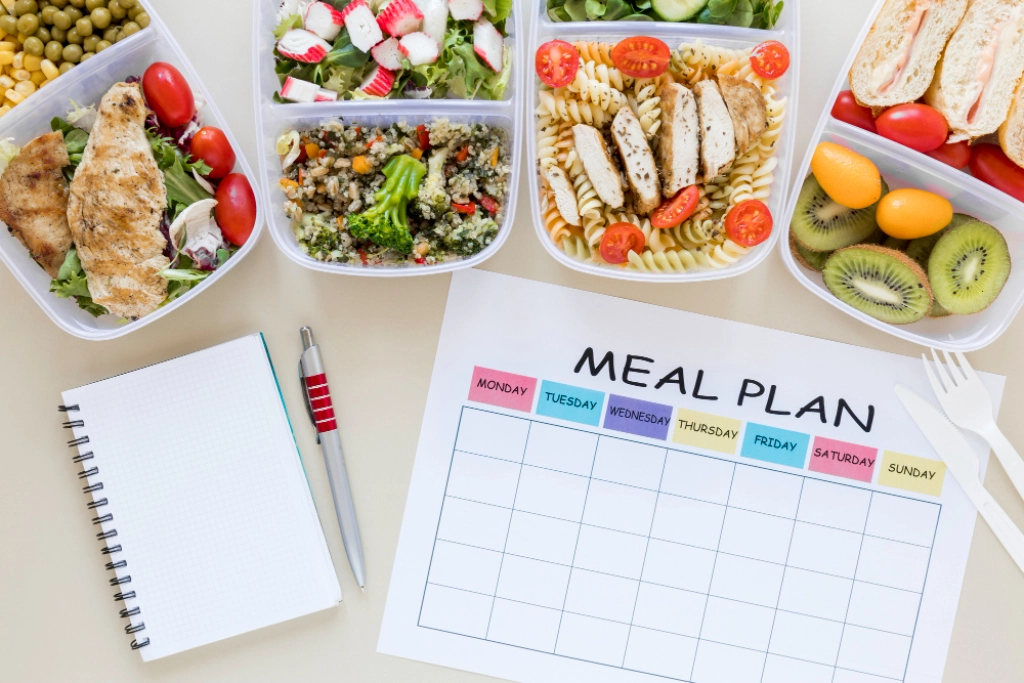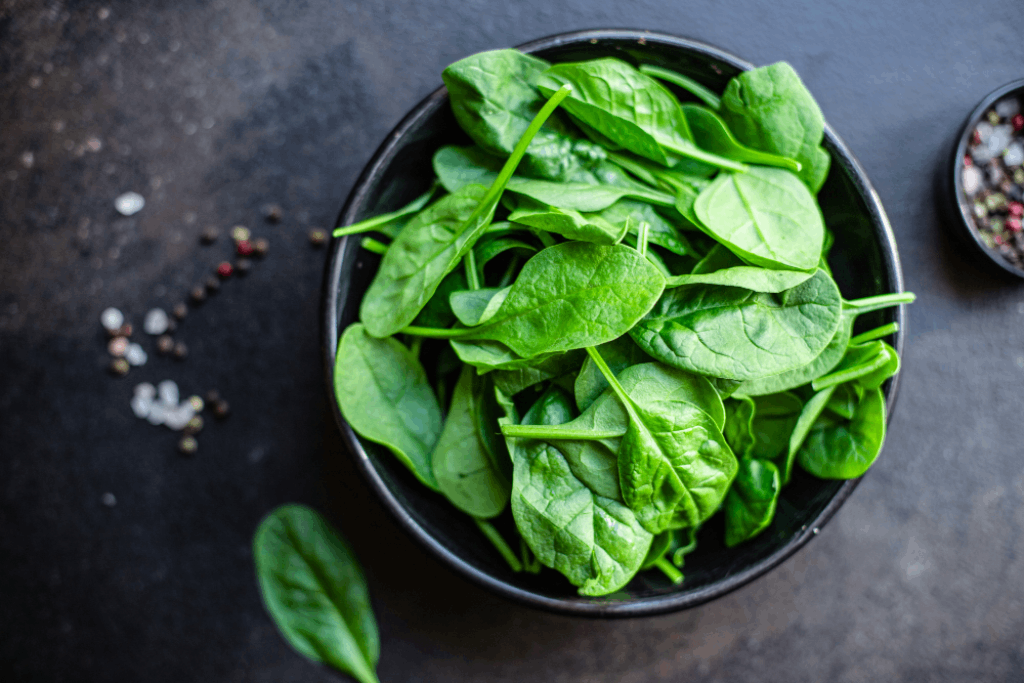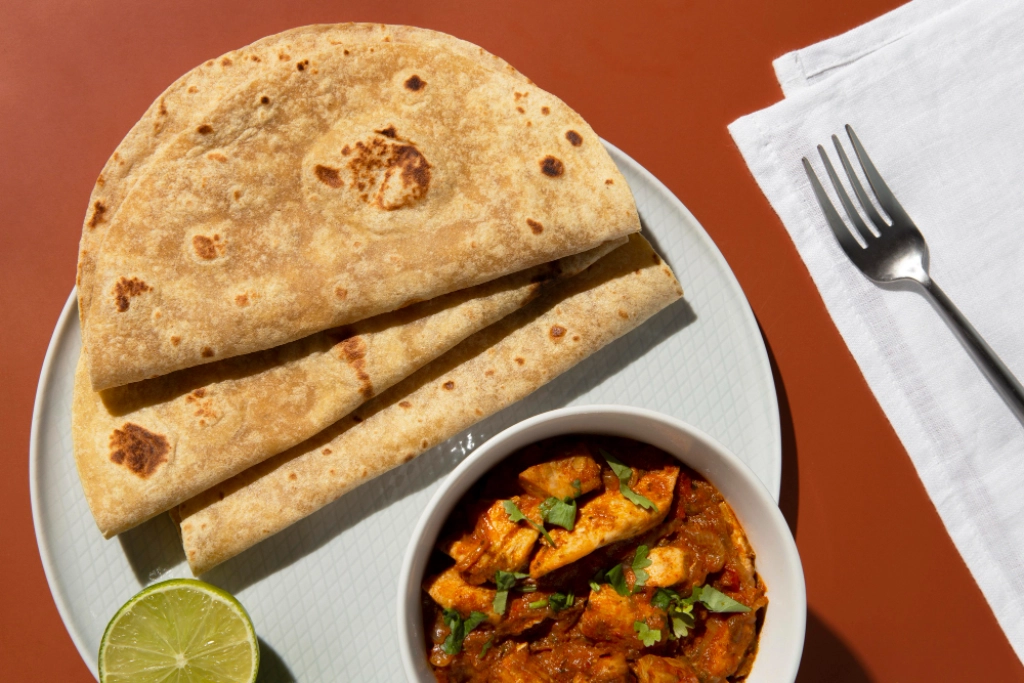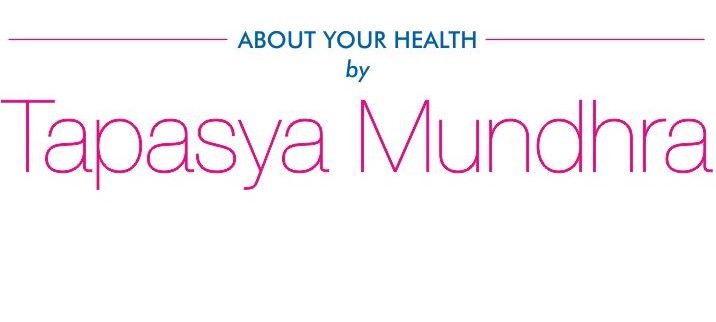Living with diabetes doesn’t mean giving up on delicious food; it means getting smart about what’s on your plate.
Every meal is an opportunity to fuel your body and take control of your health. And no, it’s not just about skipping sweets or counting carbs. A well-balanced diabetes diet chart can help you keep your blood sugar steady, feel more energetic, and reduce the risk of long-term complications.
As a nutritionist with 13 years of experience, I am breaking down exactly how you can manage diabetes with diet, from building a diabetic meal plan that fits your lifestyle to understanding which diabetes-friendly foods truly support your well-being.
If you have just been diagnosed or want to improve your current habits, this is your go-to roadmap for eating right and living well with diabetes.
Why Diet Matters in Diabetes Management
The connection between food and blood sugar is undeniable. A well-structured diabetes diet chart helps prevent spikes and crashes in glucose levels. When you manage diabetes with diet, you gain better control over your overall health, reduce dependency on medications, and lower risks of heart disease.
A consistent, healthy diet for diabetes builds long-term resilience and helps in weight management, two crucial factors for diabetes patients.
Understanding Diabetes: Types and Dietary Needs
There are two main types of diabetes, Type 1 and Type 2. While both affect how your body uses insulin, your diet plan for diabetes must reflect your unique health profile, lifestyle, and medication.
A diabetic meal plan should be rich in nutrients and low in refined sugar. Consistency in your food intake is essential, as erratic meals can disrupt insulin balance.
Diabetes Types & Dietary Considerations
| Aspect | Type 1 Diabetes | Type 2 Diabetes |
| Cause | Autoimmune – the pancreas produces little or no insulin | Insulin resistance – the body doesn’t use insulin properly |
| Age of Onset | Usually childhood or adolescence | Typically in adults, but rising in youth |
| Insulin Dependency | Requires lifelong insulin therapy | May not require insulin initially |
| Diet Focus | Carb counting, insulin timing | Weight management, blood sugar control |
| Recommended Diet | Balanced meals with carb tracking | Low-carb, high-fiber, low-GI foods |
| Goal of Meal Planning | Match food intake with insulin doses | Improve insulin sensitivity and glucose levels |

Key Principles of a Diabetes Diet
Creating the best diet for diabetic patients starts with a few simple, science-backed principles:
- Balance Your Macronutrients: Aim for a mix of moderate carbs, lean proteins, and healthy fats in every meal. This helps control blood sugar and keeps you full longer.
- Focus on Low-GI Foods: The Glycemic Index (GI) ranks how fast foods raise blood sugar. Choose low-GI options like oats, lentils, and leafy greens to avoid sugar spikes.
- Maintain Consistent Meal Timings: Eating at regular intervals supports insulin function and prevents highs and lows.
A healthy diet for diabetes isn’t about cutting everything out; it’s about making smarter, more balanced food choices every day.
Essential Foods for Diabetic Patients
Eating the right foods is key to managing blood sugar effectively. Below are some of the most recommended diabetes-friendly foods that should be part of a diabetic meal plan:
1. Leafy Greens
These are low in calories and carbohydrates but high in fiber, iron, and essential vitamins. They help slow down sugar absorption in the blood and are excellent for daily meals or salads.
Examples: Spinach, kale, methi (fenugreek), lettuce
2. Whole Grains
Unlike refined grains, whole grains are high in fiber and have a lower glycemic index. They help keep blood sugar levels stable and provide long-lasting energy, ideal for breakfast or lunch.
Examples: Oats, quinoa, brown rice, barley
3. Lean Proteins
Protein is essential for maintaining muscle and reducing hunger. Lean proteins don’t raise blood sugar and are important in creating a balanced diet plan for diabetes. Grilled, boiled, or baked options are best.
Examples: Eggs, chicken, fish, tofu, paneer
4. Low-GI Fruits (in moderation)
These fruits provide fiber, antioxidants, and essential nutrients without causing sudden sugar spikes. Eating them whole (not juiced) in limited portions is highly recommended in a healthy diet for diabetes.
Examples: Apples, berries, guava, pears
5. Healthy Fats
These fats support heart health, improve insulin sensitivity, and help you feel full. Use them in moderation to increase meals without affecting blood sugar negatively.
Examples: Nuts (almonds, walnuts), seeds (chia, flax), avocados, olive oil
6. Legumes and Beans
Packed with plant-based protein and soluble fiber, legumes slow down digestion and sugar absorption. They are excellent for lunch or dinner and help regulate energy release throughout the day.
Examples: Chickpeas, rajma (kidney beans), masoor, moong dal
Including these low-sugar foods for diabetics regularly can significantly improve blood sugar control, increase energy, and reduce the risk of complications. These are core elements of the best diet for diabetic patients, offering both variety and nutrition for long-term health.
Also Read: Plant-Based Breakfast Ideas For People With Diabetes
Sample Diabetes Diet Chart (Indian + Global Options)
Planning your meals can make managing blood sugar much easier. Below is a balanced diabetes diet chart that includes a mix of Indian and global food options, designed to support steady glucose levels throughout the day.
Each meal is thoughtfully timed and structured to provide energy, essential nutrients, and blood sugar control, without compromising on taste.
Early Morning (6:30–7:00 AM)
- Soaked almonds + warm lemon water
This combination wakes up your metabolism, hydrates the body, and offers healthy fats from almonds to kickstart energy levels gently, without spiking blood sugar.
Breakfast (8:00–9:00 AM)
- Oats porridge with berries (Global option)
- Or Poha/Upma with vegetables (Indian option)
- Boiled eggs or tofu on the side
This combination wakes up your metabolism, hydrates the body, and offers healthy fats from almonds to kickstart energy levels gently, without spiking blood sugar.
Also Read: 10 Delicious Breakfast Ideas for Weight Loss Over 40
Mid-Morning Snack (11:00–11:30 AM)
- A small apple or a handful of mixed seeds (flax, pumpkin, chia)
This snack prevents energy dips and keeps your sugar stable before lunch. Apples are low-sugar fruits for diabetics, and seeds offer fiber and healthy fats.
Lunch (1:00–2:00 PM)
- Brown rice + dal (Indian vegetarian option)
- Or Grilled chicken + sautéed vegetables (Global non-veg option)
- Add cucumber or spinach salad for fiber
This meal ensures slow carbohydrate release and includes lean protein. The salad adds hydration and aids digestion, making this an ideal core meal in a diabetic meal plan.
Evening Snack (4:30–5:00 PM)
- Buttermilk or green tea + roasted chana
A light, protein-rich snack that’s easy on the stomach and prevents overeating at dinner. Buttermilk also supports gut health, while chana (roasted chickpeas) are excellent diabetes-friendly foods.
Dinner (7:30–8:30 PM)
- Multigrain roti + sabzi (vegetable stir-fry)
- Paneer/tofu or grilled fish
- Optional: ½ bowl of quinoa or khichdi if needed
Dinner should be light but fulfilling. Multigrain roti is a better choice than regular wheat, and pairing it with vegetables and protein keeps sugar levels steady overnight. Quinoa or khichdi can be added for extra fiber if you are still hungry.
This diabetic diet plan is flexible for both vegetarians and non-vegetarians. You can rotate ingredients to avoid boredom while still following the core principles of a healthy diet for diabetes.
The focus is on whole foods, low-GI ingredients, and balanced portions, perfect for anyone looking to manage diabetes with diet effectively.
Foods to Avoid for Sugar Patients
Some foods can cause rapid spikes in blood sugar and should be minimized or completely avoided in a diabetic diet plan. These items offer little nutritional value and can undo the progress made through healthy eating.
| Food Category | Examples | Why to Avoid |
| Refined Carbohydrates | White bread, pastries, white rice | Quickly raises blood sugar levels, low in fiber |
| Sugary Beverages | Sodas, sweetened fruit juices, energy drinks | Packed with added sugars and empty calories |
| Deep-Fried & Processed Snacks | Chips, samosas, frozen nuggets | High in trans fats and refined carbs, which cause insulin resistance |
| Full-Fat Dairy Products | Whole milk, cream, cheese | High in saturated fats, which may impact heart and cholesterol health |
| High-Sodium Packaged Foods | Instant noodles, canned soups, ready meals | Lead to water retention and increased blood pressure |
Avoiding these foods to avoid in diabetes is important for maintaining stable glucose levels and ensuring the effectiveness of your diabetic meal plan.
Replacing them with whole, unprocessed alternatives is a key step in building the best diet for diabetic patients.
Diabetic-Friendly Snacks and Drinks
Smart snacking helps you stay full between meals without causing a spike in blood sugar. Here are some healthy options to include in your diabetic meal plan:
| Snack/Drink | Why It’s Diabetes-Friendly |
| Roasted Nuts and Seeds | Rich in healthy fats, fiber, and protein, it helps maintain energy and satiety |
| Hummus with Veggie Sticks | Low-GI, high in protein and fiber; cucumbers and carrots add crunch and hydration |
| Unsweetened Yogurt | Packed with probiotics and protein, avoids added sugars |
| Herbal Teas / Infused Water | Hydrating, calorie-free options that help curb cravings and support digestion |
Including these low-sugar foods for diabetics as part of your regular snack routine helps curb hunger, stabilize blood sugar, and promote a sustainable, diabetes-friendly lifestyle. Keep portions in check, and choose natural, minimally processed ingredients whenever possible.
Get Personalized Nutrition Help to Create the Diabetes Diet Plan for You
Managing diabetes isn’t just about avoiding sugar; it’s about understanding your body, lifestyle, and food choices on a deeper level. That’s where a certified expert comes in.
A registered dietitian can help create a diabetic diet plan specifically to your medical condition, preferences, activity levels, and even your cultural food habits.
Here’s how working with one can make a difference:
- Understand how to read food labels and identify hidden sugars or harmful ingredients.
- Adjust your diet plan for diabetes based on lifestyle changes, stress, or physical activity.
- Recommend diabetes-friendly foods that align with your taste, region, and routine.
- Monitor your progress and update your meal plan as your health improves or medications change.
As a Clinical Dietitian and Wellness Consultant with over 13 years of experience, I am Tapasya Mundhra, and I specialize in Diabetes Management.
If you are looking to take control of your blood sugar, improve your energy, and feel better every day, I can help you create a sustainable, result-driven plan.
You can get an appointment with me today to start your journey toward a healthier, more confident you.
Let’s make your food your medicine, smartly, deliciously, and personally.
Tapasya Mundhra is a Clinical Dietitian and Wellness Consultant based in Newark, USA, specializing in Nutrition for Weight Loss, Detox Diets, and Stress Management. With over 13 years of experience, she helps clients optimize their physical and mental well-being through personalized diet plans, moderate workouts, and holistic health strategies. Trusted by countless clients, she is dedicated to achieving sustainable health goals.

